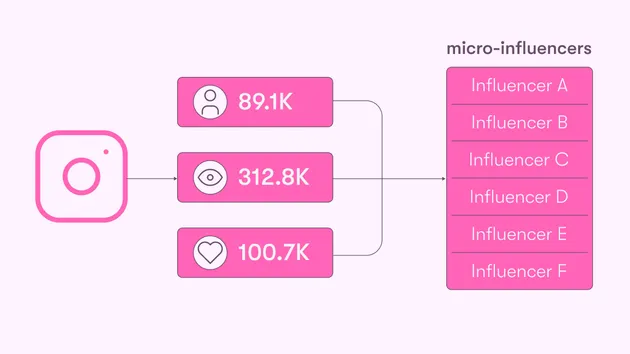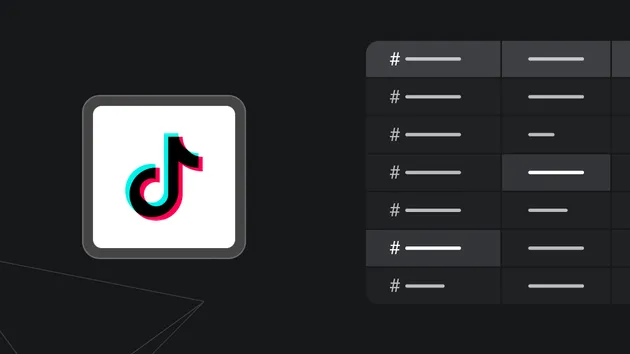FarmTech Task Inventory
Pricing
$10.00 / 1,000 results
FarmTech Task Inventory
Our task inventory improves the performance of the company. It requires an intial data of your company. It then directs further tasks without intervention. Complete the form enter your data and lead your company with FarmTech Task Inventory.
Pricing
$10.00 / 1,000 results
Rating
0.0
(0)
Developer

Solomon Ubani
Actor stats
1
Bookmarked
4
Total users
1
Monthly active users
2 years ago
Last modified
Categories
Share




